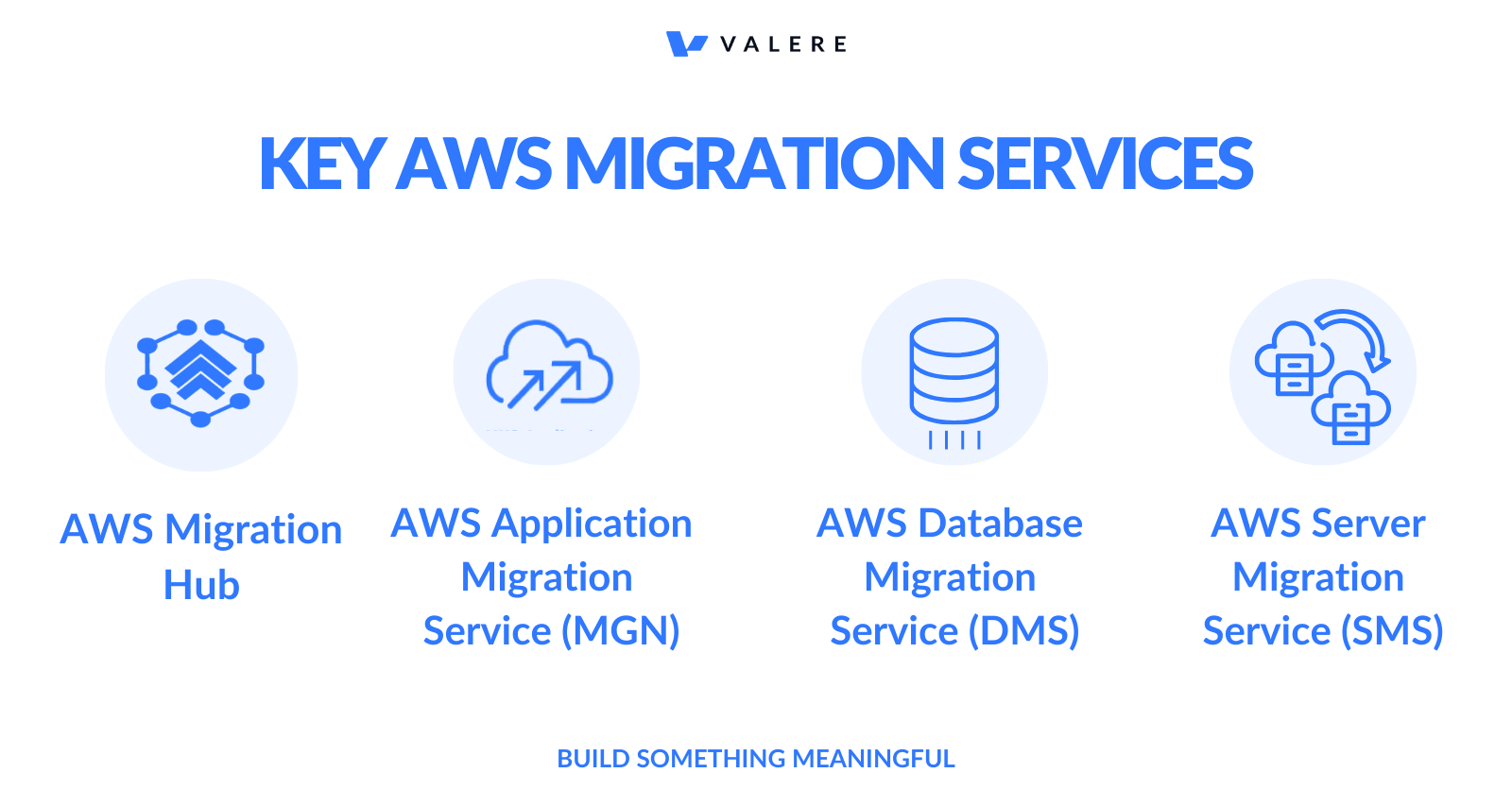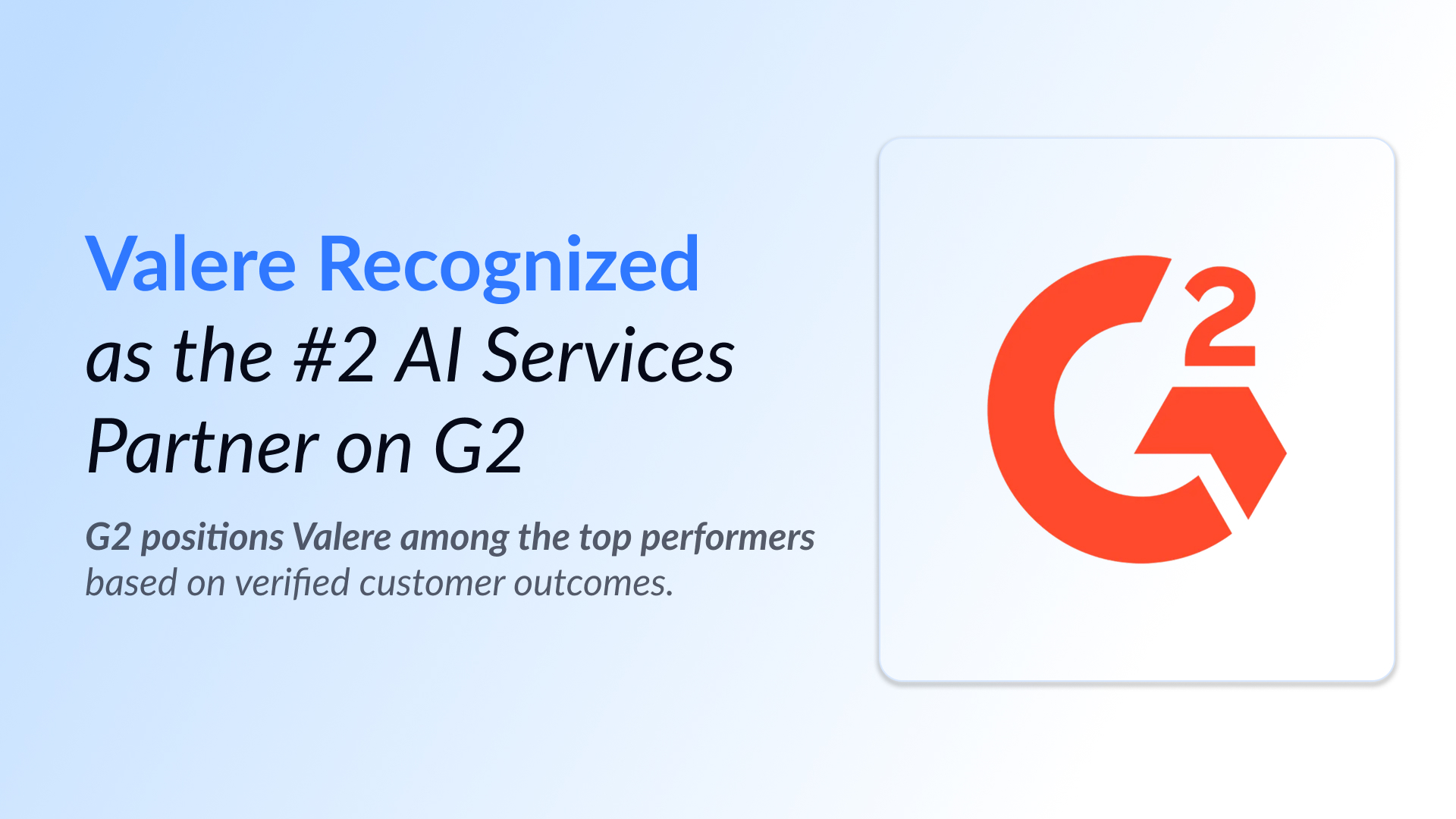Why Migrate to AWS?
AWS provides a scalable, secure, and cost-effective infrastructure that supports a wide range of applications and services. For CIOs and CTOs, the decision to migrate is often driven by the need to modernize IT environments, improve agility, and gain a competitive edge. The flexibility of AWS allows businesses to scale resources up or down based on demand, ensuring optimal performance and cost management.
AWS Migration Hub
AWS Migration Hub provides a single location to track the progress of application migrations across multiple AWS and partner solutions. This service is essential for CIOs and CTOs to gain visibility into their migration projects, ensuring alignment with business objectives and timelines.AWS Application Migration Service (MGN)
AWS Application Migration Service simplifies the process of migrating applications to AWS. It automates lift-and-shift migrations, making it easier for IT teams to move workloads without modifying their applications.AWS Database Migration Service (DMS)
AWS DMS helps migrate databases to AWS quickly and securely. It supports homogeneous migrations (e.g., Oracle to Oracle) and heterogeneous migrations (e.g., Oracle to Amazon Aurora).- Statistics: Over 230,000 databases have been migrated using AWS DMS, demonstrating its reliability and efficiency.
AWS Server Migration Service (SMS)
AWS SMS automates the migration of on-premises servers to AWS, making it easier to move workloads to the cloud. This service is particularly useful for large-scale migrations where manual processes would be impractical.Performing an AWS Migration

When to Migrate to AWS
- Infrastructure Modernization: When your on-premises hardware is reaching end-of-life or requires significant upgrades.
- Cost Efficiency: When you need to reduce capital expenditure on hardware and software.
- Scalability Needs: During periods of rapid growth or seasonal demand spikes that require scalable resources.
- Disaster Recovery: To improve your disaster recovery capabilities with AWS’s robust backup and recovery solutions.
- Innovation Drive: When looking to leverage AWS’s advanced services such as AI/ML, IoT, and data analytics.
Conclusion
Migrating to AWS offers numerous strategic advantages, from cost savings and enhanced security to scalability and innovation. For IT leaders, understanding and leveraging AWS Migration Services is key to driving digital transformation and maintaining a competitive edge.Further Reading and Action Items
- Explore AWS Migration Hub: AWS Migration Hub Documentation
- Learn about AWS DMS: AWS Database Migration Service
- Understand AWS Security: AWS Security Best Practices




